Lubricating dispersants play an indispensable role in industrial production, and their importance is self-evident. Lubricating dispersants have a wide range of applications, from machinery manufacturing to chemical production, to plastic processing and coating production, and can play their unique role
In the modern field of mechanical manufacturing, one of their main functions is to reduce friction and wear between mechanical parts, thereby extending the service life of mechanical equipment and improving work efficiency. Whether on the factory production line or in the engineering workshop, lubricating dispersants are indispensable auxiliary agents.
Mechanical equipment will inevitably be affected by friction and wear during long-term operation. This friction will not only cause damage to mechanical parts, but also consume a lot of energy and affect the normal operation of the equipment. Therefore, the role of lubricating dispersants is particularly important. By adding lubricating dispersants, the friction coefficient of mechanical equipment can be effectively reduced, thereby reducing energy loss and extending the life of the equipment
In addition to its application in the field of mechanical manufacturing, lubricating dispersants also play an important role in chemical production. In chemical production, lubricating dispersants can help mix and disperse different chemical components and promote the reaction. In the chemical production process, the selection of lubricating dispersants is crucial to the efficiency of the reaction and the quality of the product. The correct selection of suitable lubricating dispersants can effectively increase the rate of the reaction, increase the purity of the product, and thus improve production efficiency.
In addition, lubricating dispersants also play an important role in plastic processing and coating production. In the process of plastic processing, lubricating dispersants can improve the fluidity of plastics, reduce friction resistance during the molding process, and improve production efficiency. In coating production, lubricating dispersants can improve the coating performance of the coating, make the coating more uniform, and improve the surface quality of the product.
When selecting a lubricating dispersant, it needs to be determined according to the specific application requirements. Lubricating dispersants need to have good lubrication performance, stability and high temperature resistance to ensure that they can play the best effect in various industrial production environments. In addition, considering the impact of lubricating dispersants on the environment and compatibility with other chemicals is also one of the factors that need to be considered when selecting lubricating dispersants.
In practical applications, lubricating dispersants are usually mixed with base oils or other additives to achieve the best lubrication effect. Different types of lubricating dispersants such as stearate polymer lubricants and metal lubricants have their own unique characteristics and scope of application. These lubricating dispersants can play an important role in different industrial production environments and provide strong support for production.
In general, lubricating dispersants can not only improve production efficiency, reduce energy consumption, and extend the service life of mechanical equipment, but also improve the quality and performance of products. Therefore, when selecting and using lubricating dispersants, it is necessary to make reasonable choices based on specific application requirements and process requirements to achieve the best effect. The correct selection and use of lubricating dispersants are of great significance to improving the efficiency and quality of industrial production, and it is worthy of in-depth research and application by engineers and researchers. Whether in the fields of machinery manufacturing, chemical production, plastic processing or coating production, lubricating dispersants will continue to play an irreplaceable role and promote the continuous development and progress of industrial production.

